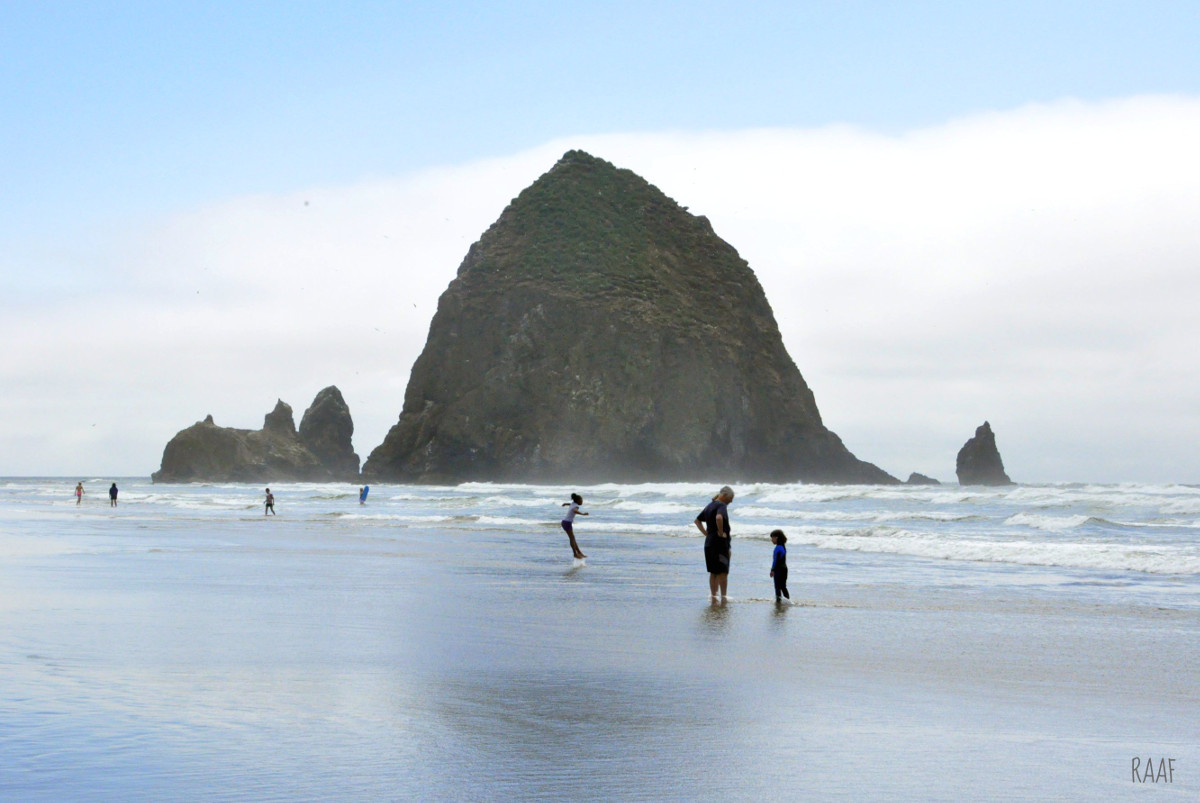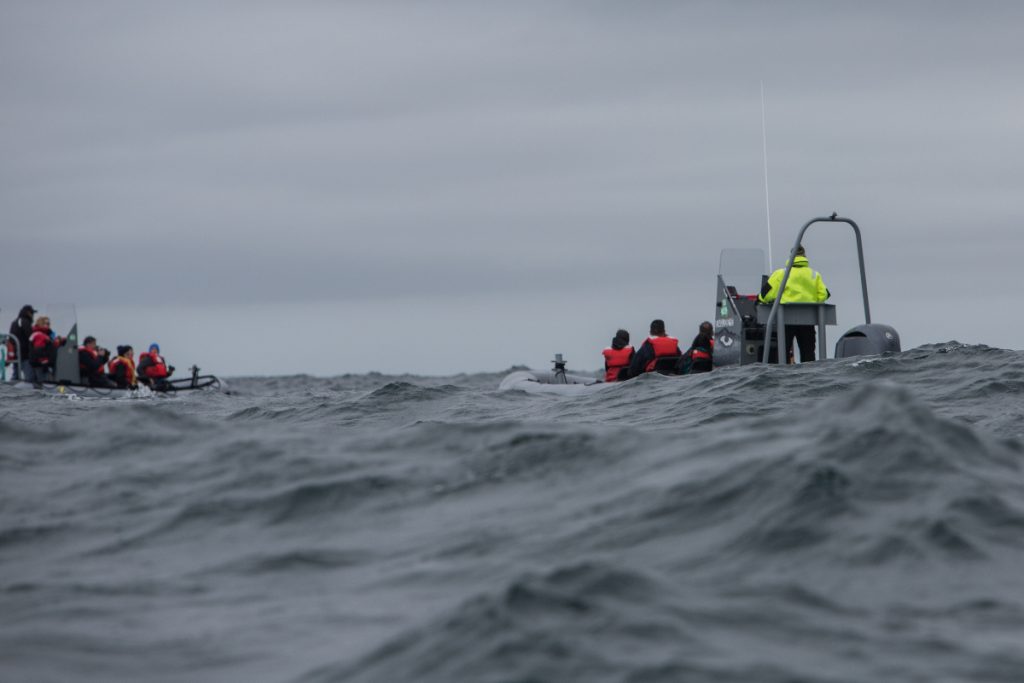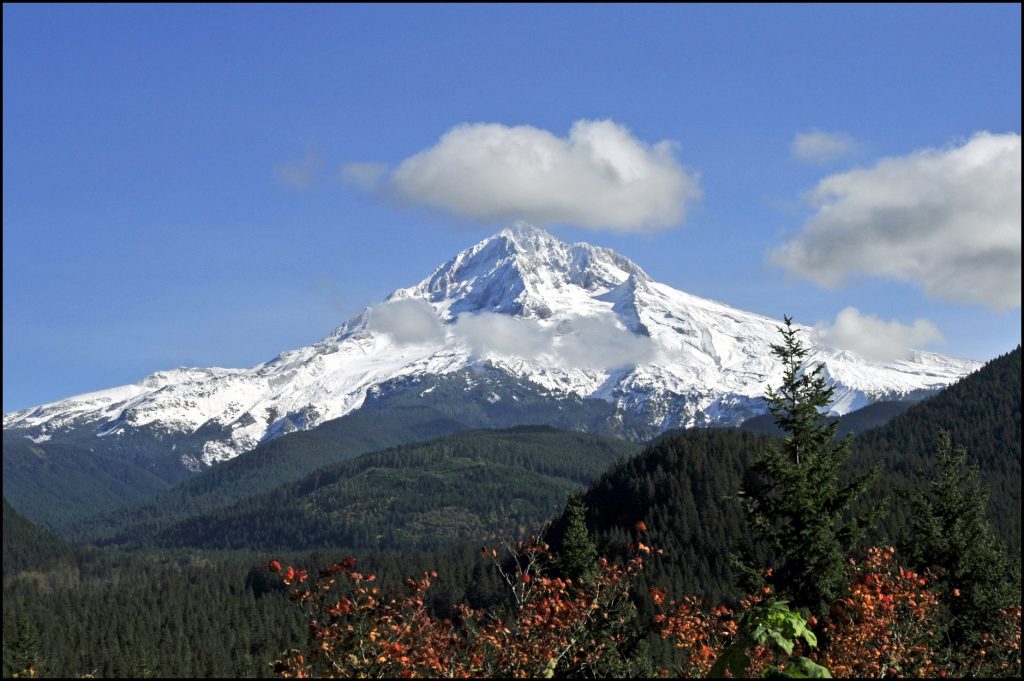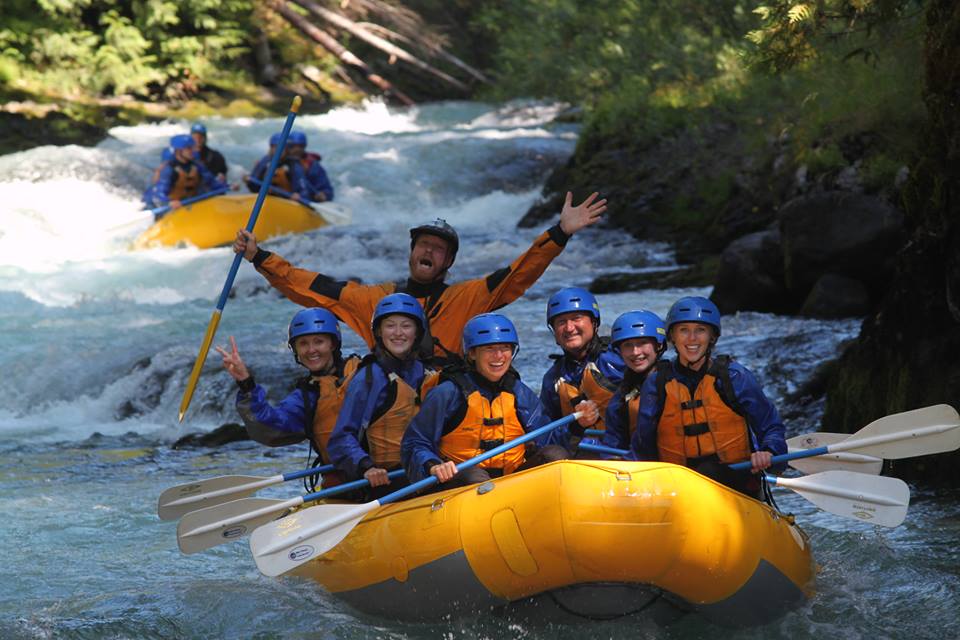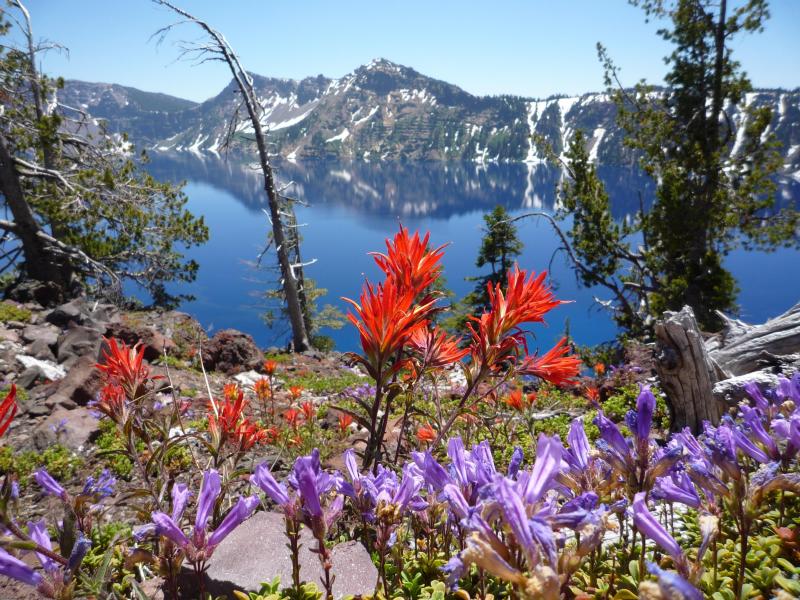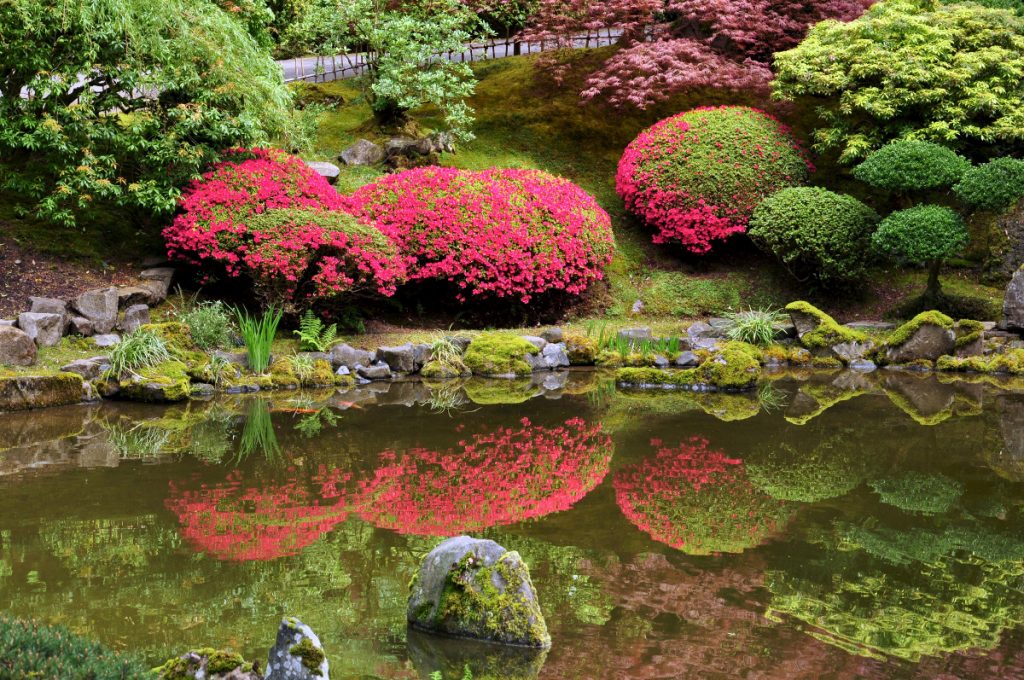Oregon offers a diverse ecosystem and many educational destinations that make it the perfect place for student groups. Whether they are interested in tall mountains, high deserts, wind-sculpted sand dunes or pristine beaches, students will love learning to preserve natural resources in a state that is so passionate about environmental protection.
A Piece of the Pacific
Cannon Beach
Located just 90 minutes from Portland, Cannon Beach offers students the chance to discover vibrant marine microcosms in tide pools while enjoying a day at the beach. Haystack Rock, a large monolith protruding from the shallows, offers views of rare birds in a protected habitat, including tufted puffins. The intertidal structure, known for its appearance in the opening sequence of The Goonies, is a protected marine garden and a must-see for any student trip to Oregon.
Depoe Bay
Depoe Bay proudly calls itself the “Whale Watching Capital of the Oregon Coast” with good reason. A pod of gray whales calls the waters near the town home from March until December, and they’ve made Depoe Bay a prime spot for whale watching and environmental education. Students can whale watch from the Whale Watch Center, where they can learn about whale behavior, conservation efforts and climate change. Depoe Bay also offers many charter boats for students to get a closer look at the mammals.
Columbia River Gorge Region
Mount Hood
Mount Hood, a potentially active volcano, is located just a short drive from Portland. Located within the Cascade Volcanic Arc, the mountain and the forests surrounding it offer students the chance to indulge in outdoor activities while still providing structured educational experiences. Mount Hood Meadows offers group discounts on classes, lift tickets and equipment rentals. The resort offers a range of terrain difficulties ranging from bunny hills to expert backcountry skiing. Educational hikes are available through the Zigzag Ranger District Offices and can include Ranger Talks, Timberline Lodge Tours or Government Camp Historic Walks. Adventurous students can brave the Mount Hood portion of the Pacific Crest Trail for a day hike on one of the most famous footpaths in the world.
Multnomah Falls
Students will stand in wonder at the base of the second-highest waterfall in the United States, Multnomah Falls. Students can enjoy splashing in the cool waters or they can hike up to Benson Bridge to get a closer look at the powerful waterfall. Students can continue their hike up to the top of the cliffs to look down the waterfall, and a longer hike will allow them to see the other natural wonders in the area. For students wishing to stick to the base area, there is a paved path with scenic views of Multnomah Falls, Horsetail Falls, Oneonta Gorge and Bridal Veil Falls.
Wet Planet Rafting and Kayaking
Wet Planet Rafting and Kayaking near Hood River offers student groups the chance to try something new and see the untouched wilderness along the waters of the White Salmon River, Hood River and Klickitat River. Whitewater rafting with an experienced, professional guide encourages students to work together to paddle through rapids of varying degrees of difficulty. They will have to plan routes and trust each other in order to get the best experience. Packages include a riverside lunch and the chance to explore parts of the forest that are otherwise inaccessible.
Stunning Locations in Southern Oregon
Crater Lake National Park
Crater Lake National Park is home to the deepest lake in the United States (1,943 feet) that boasts some of the most pristine, blue water most people will ever see. The park offers students the chance to study Wizard Island and the history of the collapsed volcano that created the lake. On educational programs based at Rim Village, students can study the properties that make the water at Crater Lake so famous or the geological history of the mountainous area. They can also take a guided hike to learn about the ecology of the forest. Crater Lake is a one-of-a-kind place, and it offers educational programs to interest students of every age.
Oregon Caves National Monument
Located in the northern Siskiyou Mountains, Oregon Caves National Monument offers interactive educational programs to teach students about the geography and history of the Pacific Northwest. Ranger-led tours allow students to safely discover the beauty of the caves, while still encouraging explorative learning. They learn why the bats in the caves have white noses, the dangerous bat-specific disease that is threatening the species across North America and the importance of “Leave No Trace” guidelines to help them protect and preserve natural resources in their future adventures.
In and Around Portland
Portland Japanese Gardens
Portland Japanese Gardens offer guided tours specifically designed for students. Tours allow students to visit the five distinctly different gardens and learn about the Shinto, Buddhist and Taoist traditions that the gardens are founded on. Long winding paths and pre-modern, Japanese-inspired architecture evoke a serene, meditative feeling in visitors, and they are sure to be amazed by the colorful gardens and intricate designs in the landscaping.
Zenger Farm
Zenger Farm in Portland is a working urban farm that offers educational tours and programs to promote environmental stewardship and community development. Students will learn about the benefits of sustainable farming and conservation. Themed tours allow youth groups to focus their learning experience on whatever they’re interested in. From basic farm tours to farm-to-table cooking classes, Zenger Farm offers an exciting way to learn about the environment in a hands-on way.
World Forestry Center
No student trip to Oregon would be complete without a stop at the World Forestry Center. Divided into two parts, it offers a Discovery Museum in downtown Portland and the Magness Tree Farm just outside the city in Sherwood. The museum offers interactive exhibits to educate students on the important role of trees in their lives, the struggle to protect forests in the United States, the conservation effort around the world and the wildlife that depend on trees for survival. The tree farm is a demonstration forest recognized for its interpretive trails that teach hikers about forest management and structure. The World Forestry Center claims that they can change the way students look at trees.
By Sara Stokes

